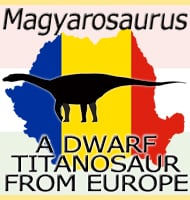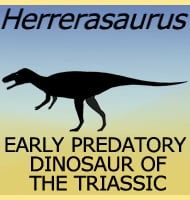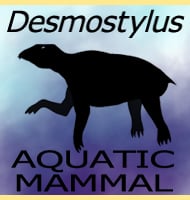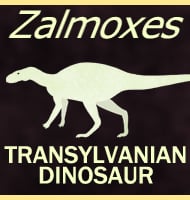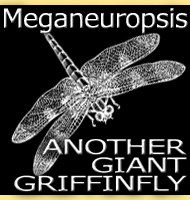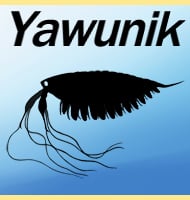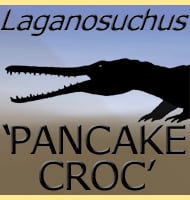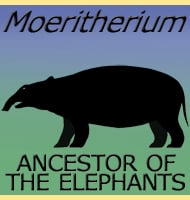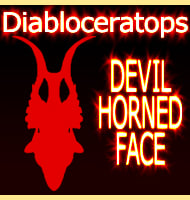In Depth
The fossil material for Magericyon was originally described as a species of Amphicyon until a new study by Peigne et al in 2008. Magericyon was found to be different from Amphicyon by close study of the form and proportion of the teeth. In naming the new genus the describers chose the name Magericyon from the word Magerit, the original name for Madrid combined with the ancient Greek for cyon which means dog. Magericyon was further split into two species with M. anceps having shorter and narrower canine teeth than M. castellanus.
Magericyon remains are known from the Cerro de Battalions area of Spain which has been interpreted as a natural predator trap due to the exceptionally high abundance of carnivorous mammals in this area. Studies of modern large predatory mammals indicate that predators most likely to go after animals and carrion stuck in predator traps are those that live in groups, although solitary predators are also known to do this. This might hint at possible pack hunting for Magericyon, particularly since juvenile remains have also been found, although this may be indicative of family groups where the young stay and scavenge with the parent.
Other predators known from this region include sabre-toothed cats such as Machairodus.
Further Reading
– A new amphicyonine (Carnivora, Amphicyonidae) from the upper Miocene of Batallones-1, Madrid, Spain. – Palaeontology 51(4):943-965. – S. Peign�, M. J. Salesa, M. Ant�n & J. Morales – 2008. – Comparative Anatomy of the Shoulder Region in the Late Miocene Amphicyonid Magericyon anceps (Carnivora): Functional and Paleoecological Inferences. – Journal of Mammalian Evolution, 22: 243–258. – G. Siliceo, M. J. Salesa, M. Ant�n, J. F. Pastor & J. Morales – 2015.

